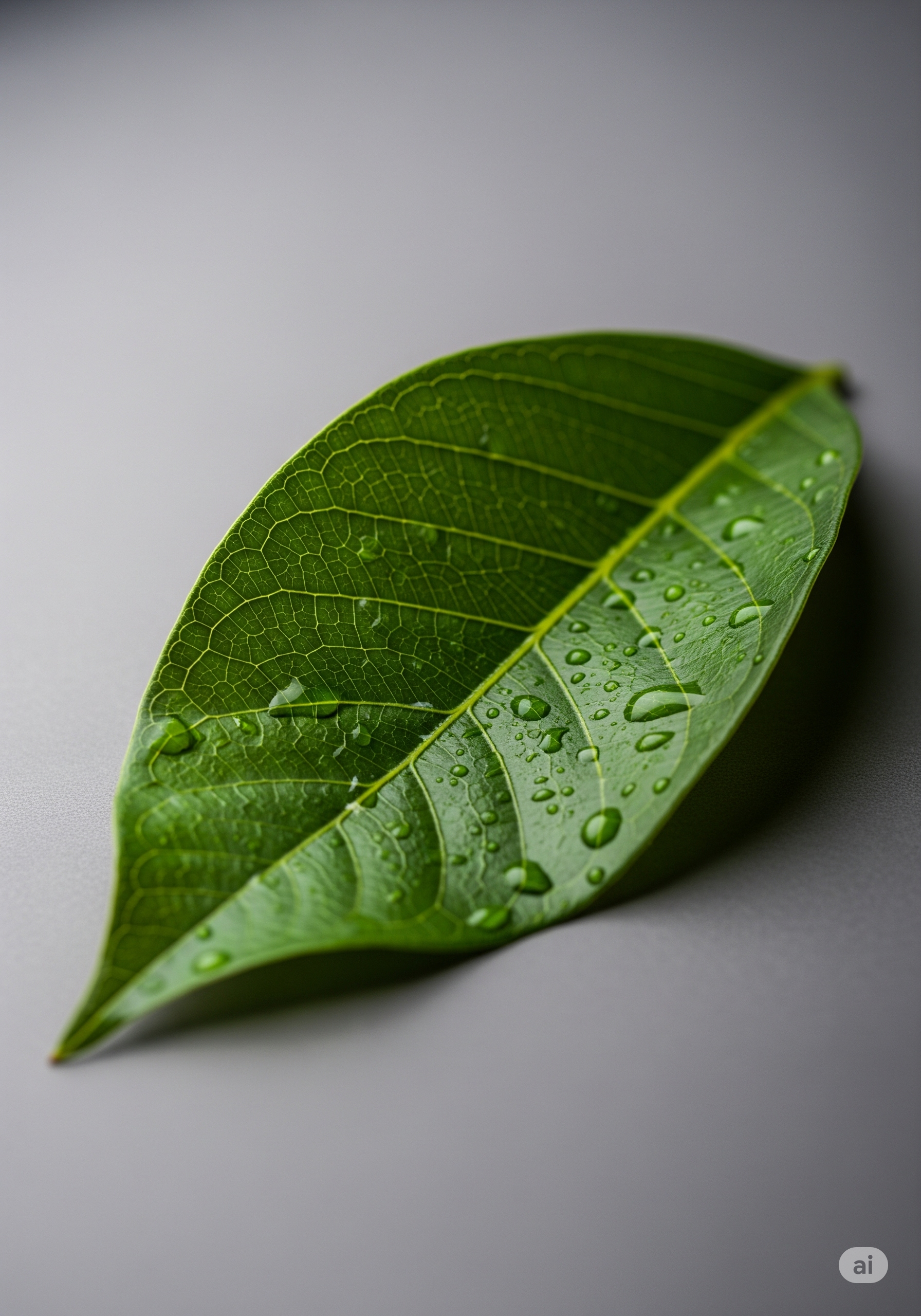Marula Tree (Maroelaboom) #
Sclerocarya birrea

Quick Info #
- Distribution & habitat: KwaZulu Natal, Limpopo, Mpumalanga – widespread in bushveld and woodland
- Family: Anacardiaceae
- Florescence: February to June
- Fruiting: -
- Leaf habit: deciduous
- Name origin: “Sclerocarya” means “hard nut” and “birrea” is derived from “birr” – the tree’s common name in Senegal
- Other names: morula (Northern Sotho), mufala (Tshivenda), ukanyi (Tsonga)
Description #
The marula tree is a medium to large species, growing up to 15 m, with an upright trunk that branches out high and a spreading, moderately dense, rounded crown. The aged trunk retains a fairly smooth feel and the bark will peel off regularly to reveal yellow bark underneath. The pinnas are dark green on one side and a paler blue-green on the other. The flowers are small and yellowish with a pink tint.
The leaves are densely clustered at the ends of branches, in pairs of leaves opposite each other with a single leaf at the tip. Male and female flowers are carried separately, sometimes appearing on the same trees and other times appearing on separate trees. The males grow in long, sparse, hanging veins and are dark red in the node and light red with white in bloom, while the females grow in little groups directly under new leaves and are blood-red in the node and red to purple with white in bloom.
The small fruits are almost spherical, smooth, hairless and glossy, with three somewhat unclear points. The peel is thick and soft, covering the soft, white flesh. The pit is triangular and the seeds resemble nuts. The fruits fall off the tree while still green, becoming yellow when ripe on the ground.
Uses & Ecology #
The marula tree is a cherished and iconic South African species for its many uses. Traditionally, powdered bark preparation from the female plant has been taken if a pregnant woman wishes to have a girl, and from the male plant if a boy is desired. The hard nut has also been used in the divining dice of traditional healers.
The fruit is eaten either fresh or made into jelly. It is also used in the making of a quality wine, brandy, a popular beer and the iconic liqueur. The fruit is rich in vitamin C and has a rich flavour. Game will eat the ripe fruits found on the ground, sometimes even becoming drunk if the fruits are overripe and fermenting.
The leaves are browsed by game, and elephants strip the bark. The bark is also said to have some medicinal use, particularly due to antihistamine and anti-diarrhoetic properties. A bark decoction is used to treat dysentery and rheumatism, and for a prophylactic effect against malaria. Additionally, the bark can produce a pale brown dye.
The wood is used in the making of household utensils. Different kinds of moths also breed on the tree – some larvae feed on marula leaves. A drink made from the leaves is used to treat gonorrhoea. The flowers are pollinated by insects.
References #
- Coates Palgrave, K. & P. & M. (1989) Die Suid-Afrikaanse Boomgids. Johannesburg: Central News Agency.
- Mutshinyalo, T. & Tshisevhe, J. (2003) Sclerocarya birrea. Available at: https://pza.sanbi.org/sclerocarya-birrea (Accessed: 24 October 2025)
- Van Wyk, B & P. (1997) Field Guide to Trees of Southern Africa. Cape Town: Struik Publishers.
- Van Wyk, B. & P. (2008) Identifiseer die Bome van Suider-Afrika. Cape Town: Struik Publishers.
- Van Wyk, P. (1988) Veldgids tot die Bome van die Nasionale Krugerwildtuin. Cape Town: Struik Publishers.
Caution: Consult a qualified health practitioner before considering medically using or ingesting any plant parts. Any mentioned traditional uses are based on cultural practices and anecdotal evidence. They are not necessarily clinically proven or supported by modern scientific studies.